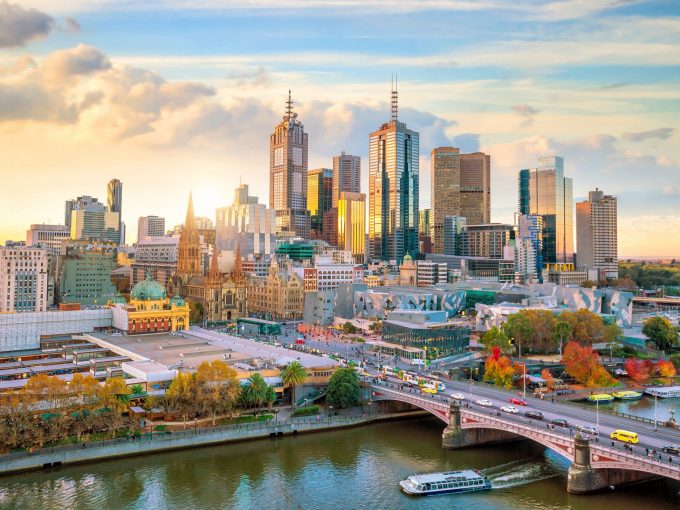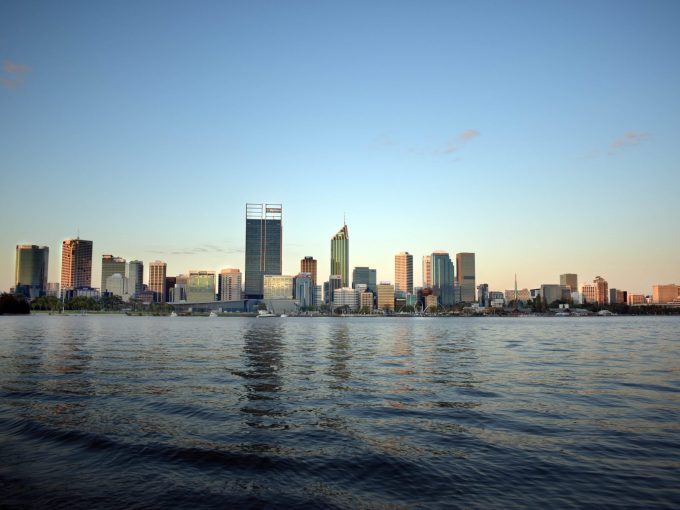A new report measuring Brisbane’s liveability progress has found its residents have the worst access to public transport in Australia.
Key Findings
- Only 12 per cent of Brisbane residences have access to a nearby stop with a service at least every half hour. This is lower than other capital cities.
- 61 per cent of residences in Brisbane are within 400m of a public transport stop, which is below the ambitious 90 per cent policy target. However, the current policy does not include frequency of service.
- To travel to work only 14 per cent of employed people use public transport, and only 5 per cent walk or cycle.
- With 27 per cent of Brisbane’s working population living and working in their broader local area, there is an opportunity for policies that encourage active transport for work commutes
Scorecard and priority recommendations for Brisbane maps the city’s liveability policies against how well they are being implemented and measures how it rates on national liveability indicators against other capitals.
Australia’s population is predicted to boom to 50 million by 2066 and while Melbourne and Sydney will absorb the majority of this growth, flow on effects for cities like Brisbane are highly likely.
Lead report author, Dr Lucy Gunn from the Healthy Liveable Cities Group at the RMIT Centre for Urban Research, said Brisbane’s transport infrastructure was lagging behind compared to other cities.
“Public transport is a facilitator to opportunity. It opens up people’s lives to employment, education and recreational activities like going to the rugby or the arts centre,” Gunn said.
“Brisbane’s public transport infrastructure is not connected well to people’s everyday needs and activities.
“Our research shows only 12% of Brisbane homes have access to a public transport stop within 400m of their homes that offers a service at least every 30 minutes. This means most people fo not have access to a ‘turn up and go’ service, where you don’t need a timetable to plan your journey.
“If Australia’s population is going to potentially spill into cities like Brisbane, now is the time to start future-proofing to support population growth and avoid problems such as heavy transport and traffic congestion that bigger cities like Melbourne and Sydney are currently facing.”
The scorecard results show Brisbane has a good density target for areas closer to the city (30 dwellings per hectare) but in outer suburban areas its target is only 15 dwellings per hectare.
“Despite these policies, only 13% of Brisbane suburbs meet the 15 dwelling per hectare target and only 2% meet the 30 dwelling per hectare target,” Gunn said.
“Our research shows 25 dwellings per hectare or higher is necessary to support active behaviours, such as walking and cycling, and public transport.
“Hopefully the percentage of residences having access to public transport will improve with the completion of projects such as the Brisbane Metro and Cross River Rail, that will provide both greater access to public transport and connection to people’s needs and activities.”
The report is a collaboration between RMIT University, the Australian Catholic University and the University of Western Australia, with the Heart Foundation as one of the key advisory groups for the report.
CEO of the Heart Foundation, Stephen Vines said building supportive communities is vital to increasing physical activity rates.
“Creating neighbourhoods that encourage walking, cycling and public transport for getting around, and provide opportunities for active recreation and sport has a strong, positive impact on health,” he said.
This project is funded by the Clean Air and Urban Landscapes Hub of the Australian Government’s National Environmental Science Program, The Australian Prevention Partnership Centre, and the National Health and Medical Research Council’s Centre of Research Excellence in Healthy Liveable Communities.
For general media enquiries: Chanel Bearder, +61 432 140 673 or chanel.bearder@rmit.edu.au





